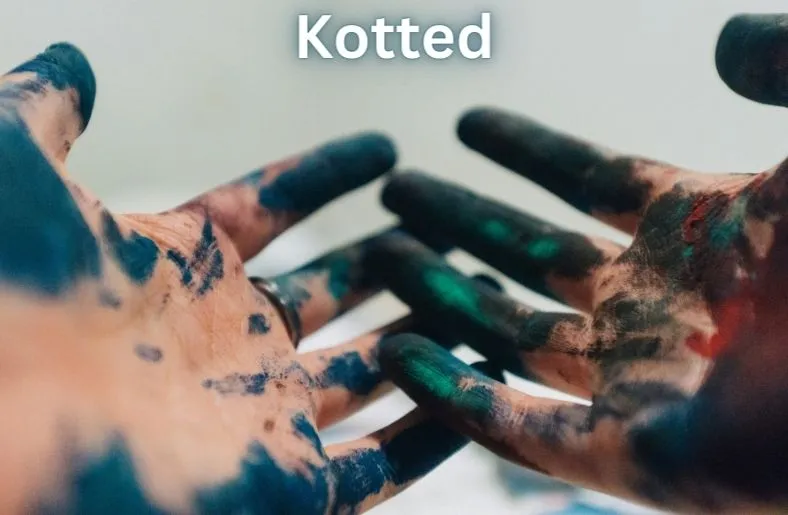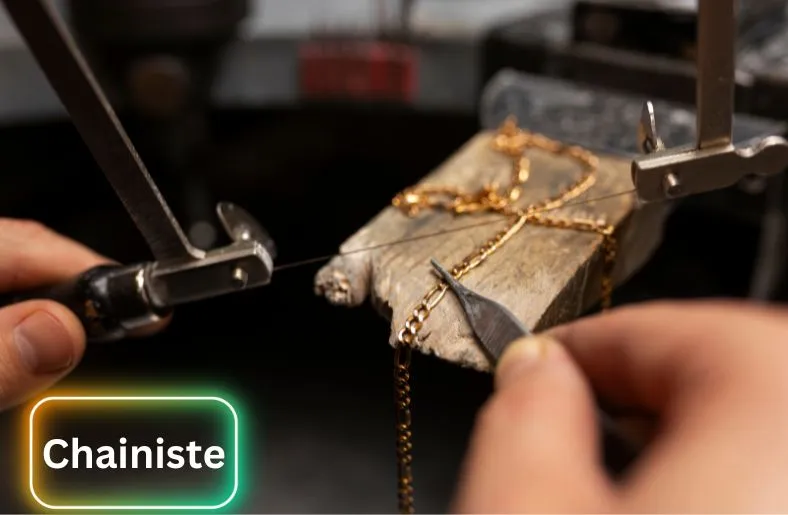In the realm of creative expression, kotted stands as an ancient art form, cherished for its intricate knotting techniques. Across civilizations, it weaved stories, embodying cultural heritage. Today, amidst the rush of modernity, there’s a revival—a rekindling of interest in this age-old craft. Kotted isn’t merely a relic; it’s finding new life in contemporary society. Its resurgence highlights the significance of preserving traditions, anchoring us to our roots. Amidst the digital noise, the tactile beauty of it offers a serene escape—a reminder of the timeless allure of handcrafted treasures. As we embrace innovation, there’s a yearning to reconnect with the past—to honor the craftsmanship of bygone eras. Thus, kotted emerges not just as a craft but as a testament to the enduring spirit of human creativity.
Historical Roots of Kotted
Embarking on a journey through time, we delve into the historical roots of kotted, tracing its origins to ancient civilizations. Across cultures, from the intricate knot patterns of the Celts to the decorative macramé of the Victorians, it has left its indelible mark.
Its significance transcends mere craftsmanship; it embodies cultural identity and storytelling. Through the ages, kotted adorned temples, adorned garments, and even served as symbols of status and spirituality.
Its versatility knew no bounds, evolving with each passing era yet retaining its essence. Today, as we unravel the threads of history, we witness the enduring legacy of kotted—a testament to human ingenuity and creativity.
It’s not just about knots and twists; it’s about preserving a rich tapestry of tradition. So, let’s journey back in time, exploring the intricate threads that connect us to our ancestors and their timeless artistry.
Evolution of Kotted in Modern Times
In the ever-evolving landscape of creative expression, kotted has seamlessly transitioned from its traditional roots to embrace modern interpretations. With the rise of contemporary trends, kotted designs and techniques have undergone a remarkable evolution.
Innovative approaches and unconventional materials have breathed new life into this ancient craft, reflecting the spirit of our times. In contemporary aesthetics, kotted embraces both tradition and innovation, captivating audiences worldwide.
As lifestyles accelerate, accessibility expands through online tutorials and DIY kits. Its tactile allure attracts those yearning for a break from digital realms, offering a tangible link to history.
Examples abound of it integrating seamlessly into modern interiors, adding warmth and character to living spaces. As we navigate the complexities of the 21st century, kotted serves as a reminder of the enduring power of craftsmanship and creativity to transcend time and trends.





